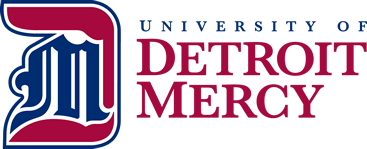Religious Studies
Boolean Searching
Much database and internet searching is based on Boolean principles (named after mathematician George Boole). The three most commonly used operators are:
- AND
OR
NOT
In a search using the Boolean operator AND, all records that contain both search terms will be retrieved. For example, if the search query is alcoholism and “child abuse”, the records that contain both terms are retrieved. In the diagram below it is represented by the darker blue shaded area. Records containing only alcoholism or only child abuse are not retrieved. (By using quotation marks around “child abuse”, this search term will be treated as an exact phrase rather than individual words.)
The more search terms we combine with AND, the fewer records will be retrieved as illustrated below.
Search Terms Number of Records Retrieved alcoholism 5,122 “child abuse” 5,971 alcoholism and “child abuse” 244 ORUsing the Boolean operator OR broadens a search by looking for more than one term at the same time. In a search query using the terms alcoholism OR child abuse, all records that contain either search term will be retrieved.
Search Terms Number of Records Retrieved alcoholism 5,122 “child abuse” 5,971 alcoholism or “child abuse” 10,849OR is frequently used to search for terms that are synonymous such as the terms “treatment” and “therapy”.
NOTUsing the Boolean operator NOT narrows a search by excluding records. In the illustration below, the white area of the child abuse diagram represents the search query “child abuse NOT alcoholism”.
In the following illustration, the white portion of the alcoholism diagram represents the search query “alcoholism NOT child abuse”.
Search Terms Number of Records Retrieved alcoholism 5,122 alcoholism not “child abuse” 4,878 “child abuse” 5,971 “child abuse” not alcoholism 5,727 BOOLEAN SEARCH TIPS- In some search engines the plus sign, +, can also be used to signify the operator AND. The minus sign, -, can also be used to signify the operator NOT.
- When keyword searching, (entering search concepts without any Boolean operators) some search engines default to the AND operator between keywords.
- By putting concepts within quotation marks, the search engine will look for the concept as an exact phrase as opposed to individual keywords.
- Using parentheses allows searching with multiple operators. For example, (addiction AND alcoholism) AND (treatment OR therapy).
- Many search engines allow for truncation of keywords. By using a symbol to truncate a word the search engine will look for all endings of that word (e.g., searching for hous* will bring up results that include house, houseful, houses, housing, etc.). Different search engines use different truncation symbols. Some use * and others may use ? as the truncation symbol.

Cindy Gillham
Associate Library ProfessorReference Services
McNichols Campus Library
gillhaca@udmercy.edu
313-993-1810



